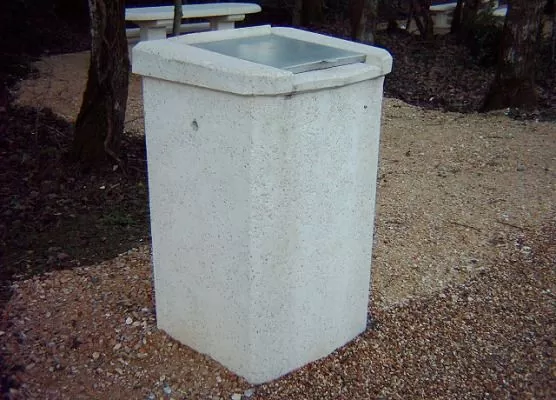High quality thoroughfares and public spaces are a prerequisite for access to establishments and facilities for persons with reduced mobility (PRM) and disabilities, they also improve quality of life for all users. What other facilities and street furniture should be installed to comply with the accessibility regulations in the urban context ?
Accessibility of public spaces
Accessible thoroughfares enable persons with reduced mobility (PRM) and those with visual, hearing and cognitive disabilities to move around freely in public spaces. This requires specific infrastructure that may also help to make travel easier for all users. Wider lanes simplify access for people with assistance animals, canes and push chairs. Everyone, whatever their age, benefits when roads are safer.
The principle of the continuity of the travel chain was introduced in article 45 of the law of February 11, 2005 concerning equal rights and opportunities, participation and citizenship for disabled people. It applies not only to roads, but also to urban environments, public spaces and intermodal transport solutions.Obstacles to traffic flow must be removed in each of these spaces. Work on road networks occupies a special place, since it is a strategic link in the chain and guarantees access to all other spaces.
In the case of renovation work, the technical specifications set out in the regulations do not apply everywhere. In this case, special provisions can be implemented to comply with the accessibility requirements. For example, in older neighbourhoods where footpaths are sometimes narrow, PRM toilet facilities may encroach on the path itself. In this case, a smaller unit should be installed and clearly signposted.
Accessible thoroughfares
The purpose of road accessibility standards is to provide maximum autonomy for all users. Decree No. 2006-1657 of December 21, 2006 stipulates that optimum accessibility conditions must be applied to all thoroughfares which are open to traffic. Outside of urban areas, these include parking areas, public transport vehicle stops and call boxes. In their totality, these standards cover :
- pavements
- meeting areas
- 30 kmh zones
- pedestrian areas
- greenways
- pedestrian crossings on thoroughfares, tramways and level crossings..
All these thoroughfares must be able to accommodate persons with reduced mobility. This implies that their surfaces must guarantee smooth, obstacle-free passage for wheelchairs and walkers. Slippery surfaces must be prevented, including those which become slippery when wet: tiles, glass slabs, certain types of cobblestone, loose surfaces, etc. Walking surfaces must also be free from obstacles. Obstacles to movement often include poorly positioned street furniture : bollards, posts and even litter bins.
Roads must also be made accessible to people with sensory and cognitive disabilities. This involves the installation of signage which is legible for the visually impaired, as well as podotactile strips and studs at intersections and near slopes. These warning devices complement the designs of pedestrian walkways, which are also clearly distinguished from the road by the surface colour and the planted areas delineating the various lanes.
Accessibility of street furniture in public spaces
Thoroughfares provide access to the various establishments and facilities present in a public space. Places for rest and interaction are strategic areas in the urban fabric where users can meet and exchange ideas informally. Accessible street furniture offers people the opportunity to create social links and improves comfort for all users. PRM benches and rest areas along thoroughfares also benefit the elderly, people with children and push chairs, as well as those with respiratory difficulties. For everyone's convenience, these items of outdoor furniture preferably have a thermally neutral base to avoid surfaces becoming too hot in summer and freezing cold in winter.
Toilet facilities are a key feature of public spaces. They must be easily accessible and located in high-traffic and touristy areas. As these facilities are open to the public, PRM toilets must comply with the construction rules set out in the Order of August 1, 2006. A number of factors must be taken into account when determining whether a site is accessible:
- doors
- dimensions, particularly in terms of clearances
- floor and wall coverings
- grab bars
- washbasin height
- tap controls...
The conditions for accessing the cubicle must also be taken into account, the signs must be able to be understood by as many people as possible. The presence of benches nearby improves user comfort, particularly for groups of friends or visitors.



